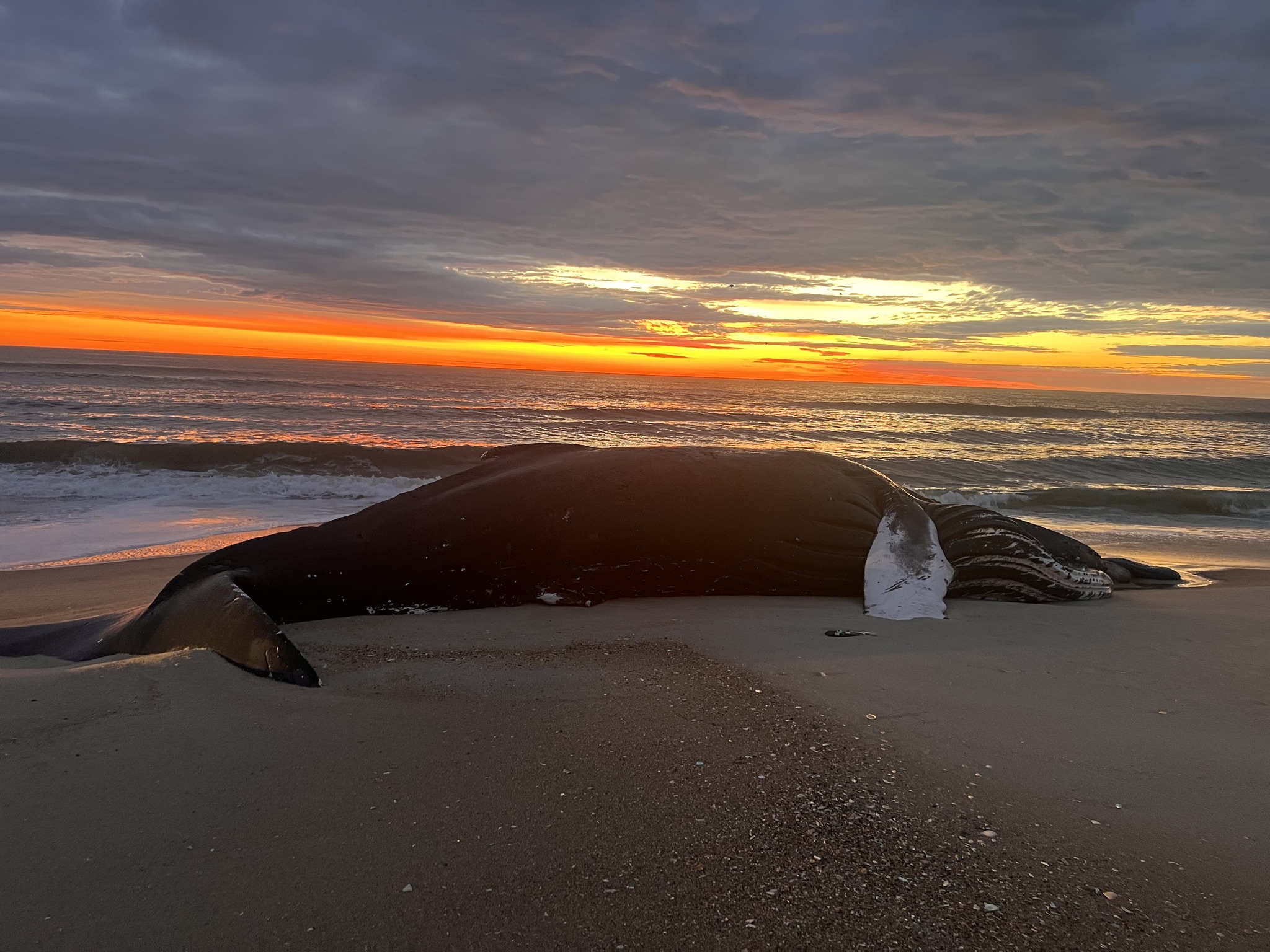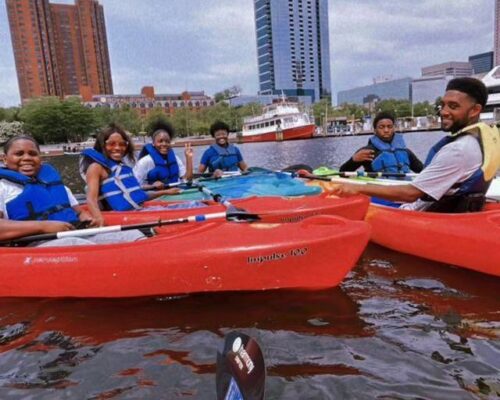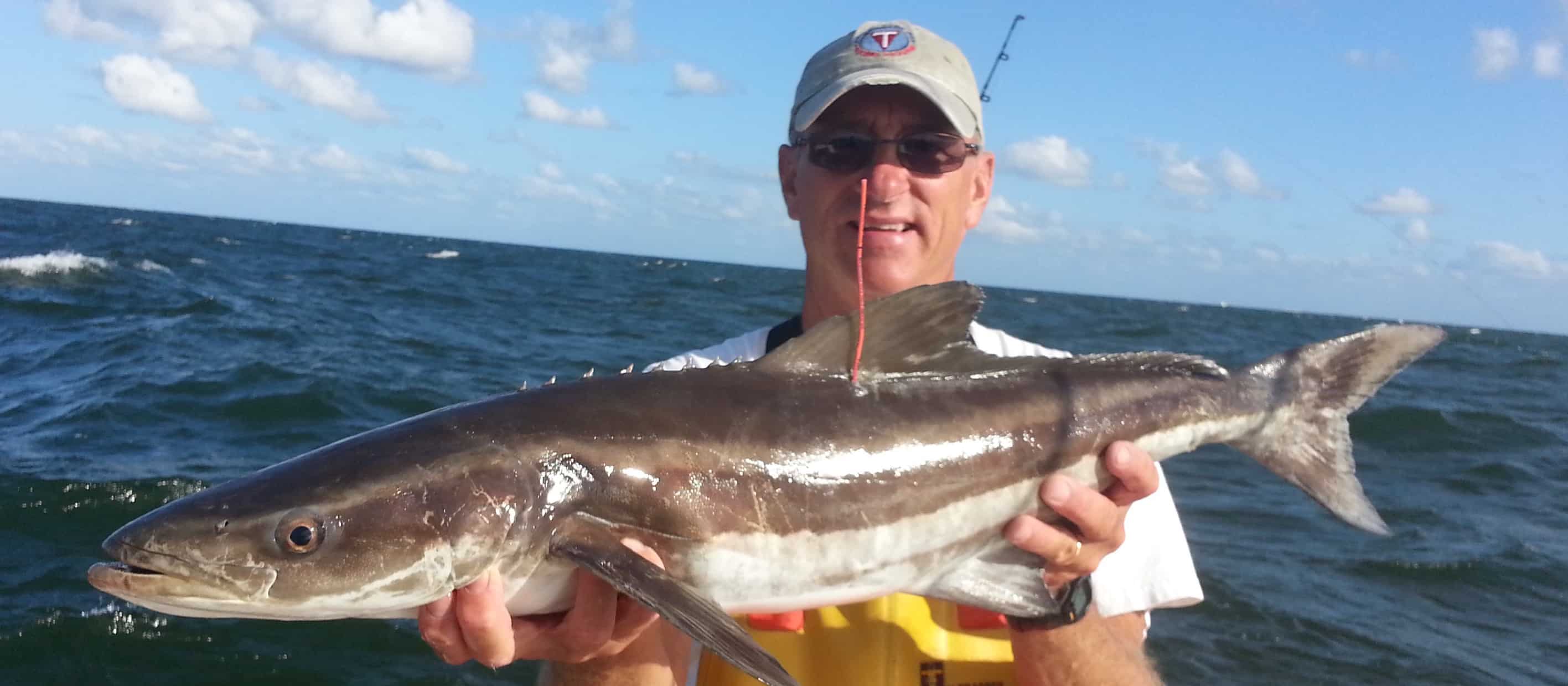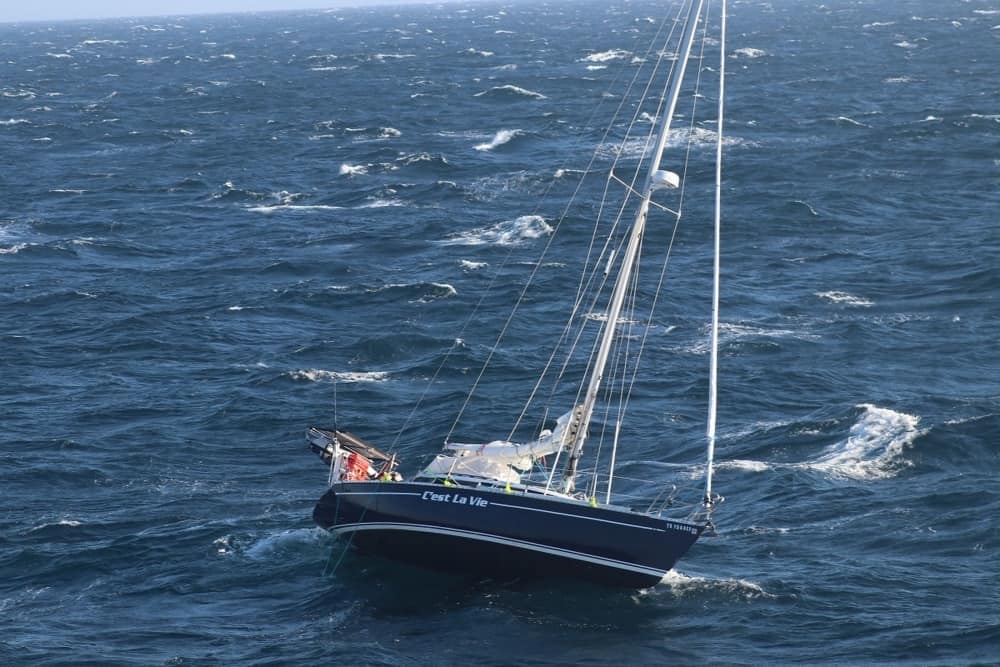After a surge in whale deaths along the mid-Atlantic coast—including a humpback found dead at Assateague Island National Seashore—a Maryland Congressman is calling for a halt to offshore wind development, which some believe could be causing the whale deaths.
Some people have called into question the timing—seven humpback and two sperm whales have been found dead since December—as offshore wind energy developers are probing the seafloor ahead of burying cables for wind turbines that will eventually be installed there.
Congressman Andy Harris, M.D. (R-1) is calling for an “immediate moratorium on windmill construction and related underwater geotechnical testing until it is definitively proven that this construction and testing are not the cause of the repeated whale deaths.”
A couple of days after the whale washed up at Assateague, amid swirling questions about possible ties to offshore wind activity, the National Oceanic and Atmospheric Administration (NOAA) held a press call on the whale deaths.
During the call, NOAA Fisheries leaders reported that an Unusual Mortality Event for humpback whales has been underway since 2016, when they first started noticing a higher number of unexplained humpback deaths.178 humpbacks have died so far in the seven years of this Unusual Mortality Event. Of the ones marine biologists were able to study, 40 percent showed evidence of human interaction. Either the whales had been entangled in fishing gear or they had been the victims of boat strikes.
None of the deaths were attributed to offshore wind activity, NOAA says.
In New York and New Jersey (where the highest number of whales have been found dead in recent weeks), offshore wind developers have been identifying cable corridors as well as characterizing the seafloor for installation and environmental impact purpose, according to NOAA. This probing of the seafloor has the potential to influence marine mammal behavior, but there are no documented cases of it actually occurring in the field and no evidence it could directly lead to the death of a whale, the agency says.
Ben Laws, of NOAA’s Office of Protected Resources, said, “We do not believe that the evidence supports these planned construction activities would exacerbate or compound the ongoing mortality events.”
But Congressman Harris isn’t convinced, saying in his statement, “NOAA has offered zero evidence that this construction, including geotechnical testing, is not the cause of death.”
When considering offshore wind activity’s possible impact on marine mammals, NOAA defines whale “harassment” in two levels of severity. Level A harassment refers to injury to the whales and Level B refers to behaviorial disturbances to whales.
Laws acknowledges that Atlantic coast offshore wind proposals that have been issued would allow Level B harassment to whales, with some limited instances of Level A harassment in the form of noise exposure. And, NOAA points out, there is also the potential for survey activity to injure whales because the extra boat traffic could increase the chance of vessel strikes.
Congressman Harris takes it a step further, suggesting that seismic testing related to the wind industry my cause lasting damage to whales’ hearing and senses—and with hearing damage, they would be more susceptible to boat strikes. He wants a “full and transparent release of necropsy results” from the Assateague humpback whale, including a study of the whale’s ear bones.
But NOAA National Stranding and Emergency Response Coordinator, Sarah Wilkin, says ear bones are difficult to harvest during necropsies because of their location near the whale’s skull and how quickly they decompose. So far, no necropsy results have been released from the Jan. 16 whale stranding.
When questioned about any preventative measures being taken as the offshore wind industry ramps up in the mid-Atlantic, Brian Hooker, lead biologist for NOAA’s Office of Renewable Energy Programs, says that protected species observers are required to be on the lookout during acoustic disturbances. One must be on duty during the day and two using night vision after dark. Offshore wind vessels must operate at reduced speeds when animals are present and report them immediately to NOAA.
-Meg Walburn Viviano




